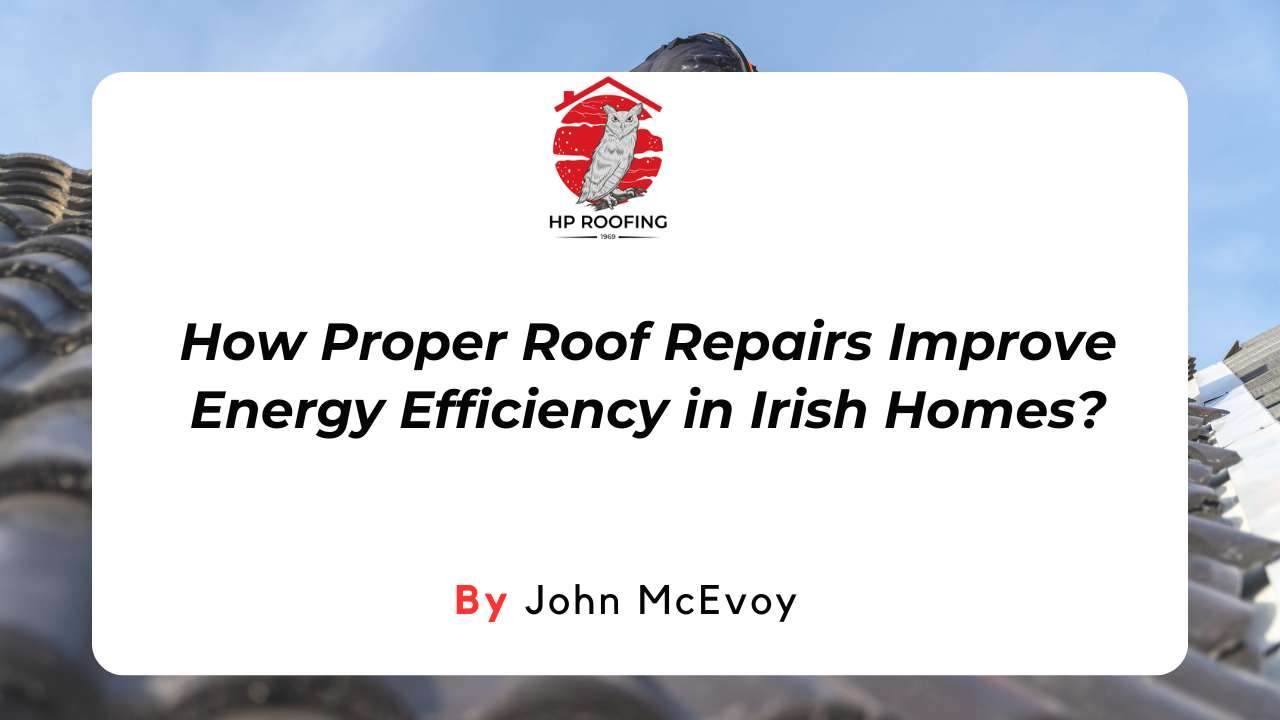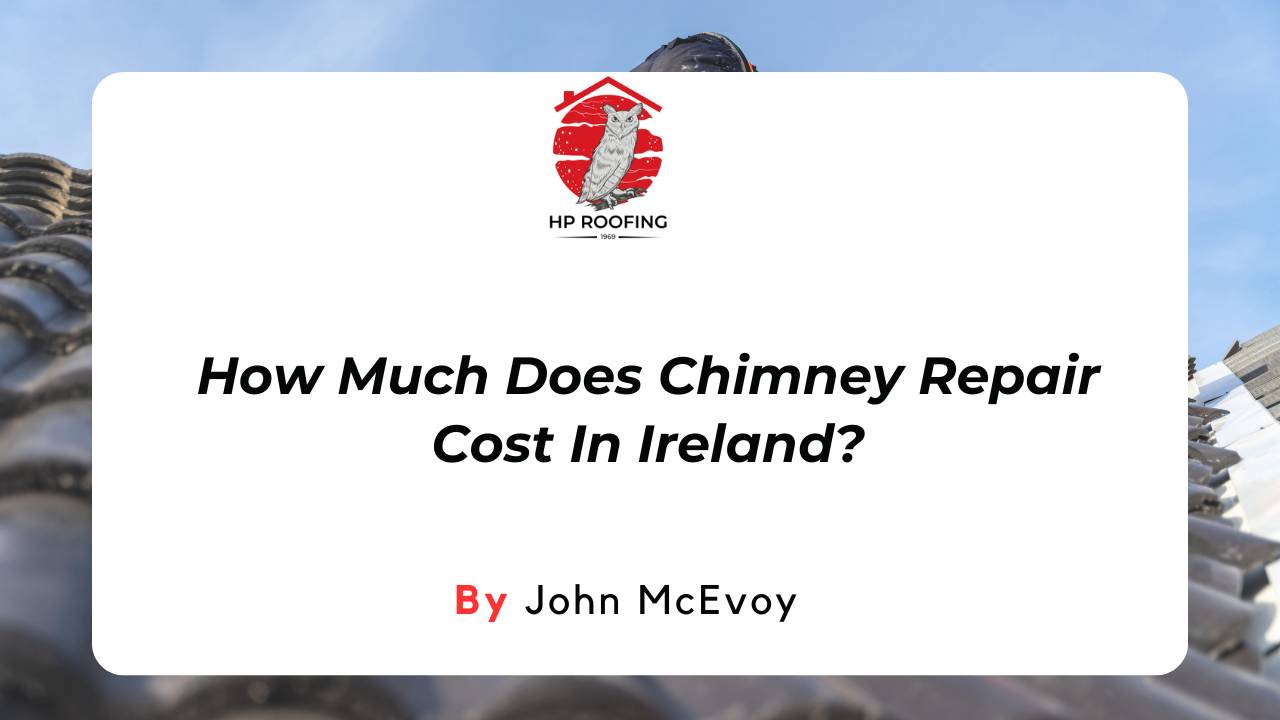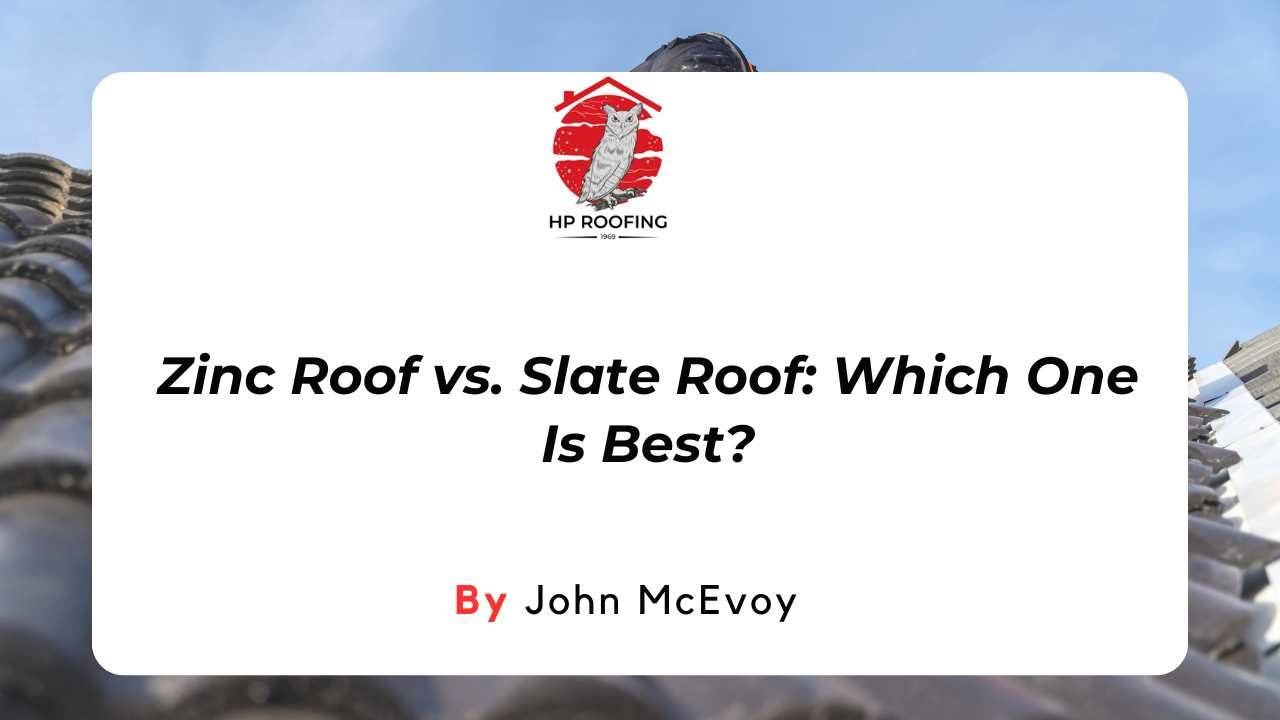Have you ever thought why your home still feels cold even when the heating is on? In many Irish homes, the answer often lies above your head, on the roof. A damaged or poorly insulated roof can allow a large amount of heat to escape, forcing your heating system to work harder and raising your energy bills.
Regular maintenance and timely repairs not only protect your home from rain and wind but also make it more energy efficient. In this blog, we'll explore how proper roof repairs improve energy efficiency in Irish homes and help you understand how small fixes can lead to big savings.
Let’s look at how keeping your roof in good shape can make your home warmer, greener, and more cost-effective.
What Is The Role of Roof in Heat Loss?
The roof plays a major role in keeping your home warm, yet it’s also one of the biggest sources of heat loss if not properly maintained.
Understanding how this happens can help homeowners make smarter repair choices and improve overall comfort.
1. Poor Insulation in the Attic or Loft
When insulation is thin, damaged, or missing in the attic, warm air from inside escapes through the roof. This means your heating system must work harder to keep the house warm, driving up energy costs.
Adding or upgrading insulation helps trap heat inside and reduces wasted energy during Ireland’s colder months.
2. Cracked or Missing Roof Tiles
Even small gaps caused by cracked or missing tiles can let heat leak out and cold air creep in. Over time, this weakens the roof’s ability to retain warmth and can lead to damp issues.
Replacing damaged tiles and sealing gaps are simple steps that show how proper roof repairs improve energy efficiency in Irish homes by preventing unnecessary heat loss.
3. Air Leaks Around Roof Fixtures
Chimneys, vents, and skylights often develop gaps around their edges where air can escape. These leaks may be small, but they can add up to significant heat loss.
Sealing or repairing these weak points keeps warm air inside while maintaining healthy airflow throughout the roof space.
4. Water Damage Reducing Thermal Performance
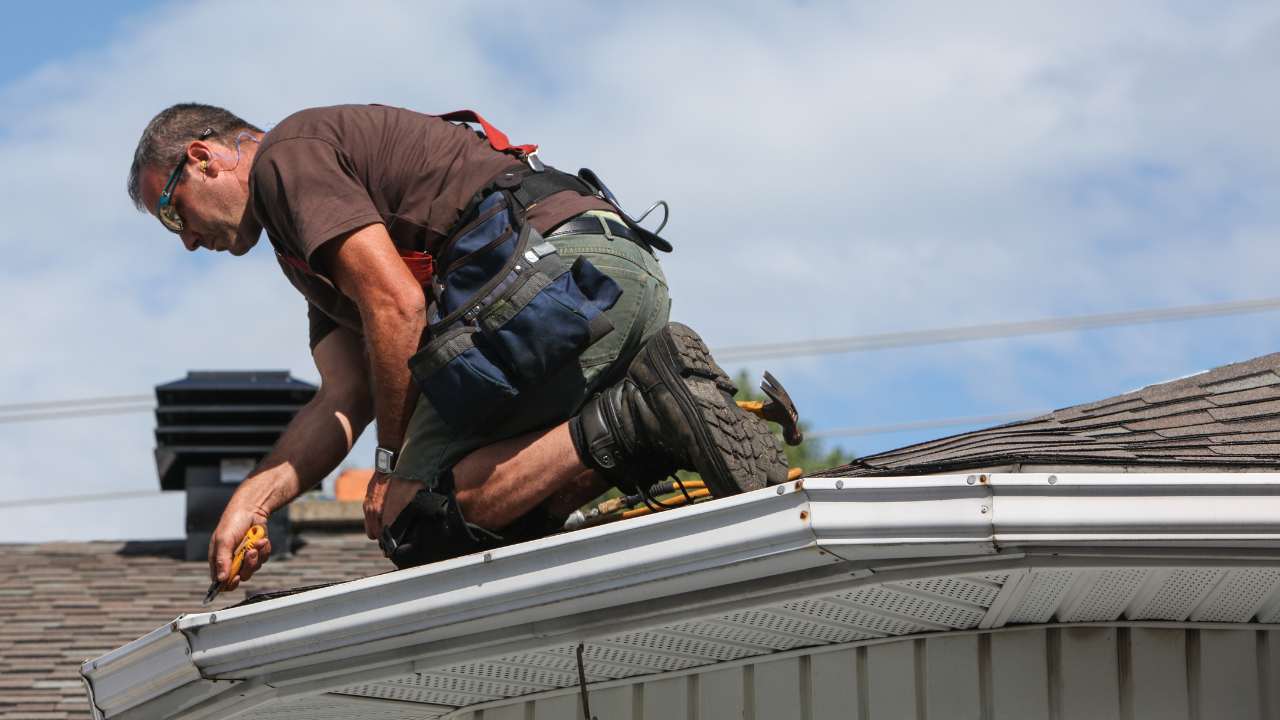
Moisture from leaks can soak insulation and wooden beams, making them less effective at retaining heat. Wet insulation loses much of its thermal resistance, meaning the house gets colder faster.
Repairing leaks promptly not only protects the roof’s structure but also keeps insulation working efficiently.
How Proper Roof Repairs Improve Energy Efficiency in Irish Homes?
Upgrading and repairing your roof not only prevents leaks but also improves insulation and airtightness throughout your home. These improvements play a key role in reducing heat loss and cutting down energy bills.
1. Adding or Replacing Roof Insulation
Modern roof insulation materials such as fibreglass, mineral wool, or spray foam help trap heat inside and maintain a steady indoor temperature. Over time, older insulation compresses and loses its effectiveness.
Replacing it with newer, thicker insulation layers can significantly boost your home’s energy performance and comfort levels.
2. Installing Vapour Barriers and Membranes
Vapour barriers prevent moisture from seeping into insulation layers, keeping them dry and efficient. When damp gets into the roof structure, it reduces the insulation’s ability to retain heat.
Adding high-quality vapour membranes during repairs or upgrades helps protect your insulation and maintain a consistent indoor climate.
3. Sealing Gaps Around Roof Fixtures and Edges
Roof edges, vents, and skylights are common spots for air leakage. Proper sealing using weatherproof materials stops draughts and improves airtightness.
This reduces the strain on heating systems, helping homeowners maintain warmth more efficiently — particularly important in Ireland’s damp and windy weather.
4. Using Energy-Efficient Roofing Materials
Upgrading to energy-efficient roofing materials, such as reflective tiles or insulated roof panels, adds an extra thermal layer to your home.
These materials help deflect excess heat in summer and retain warmth in winter. They also extend the roof’s lifespan while enhancing overall energy efficiency.
5. Repairing Structural Damage to Support Insulation
Cracked rafters, sagging beams, or damaged underlays can create air gaps that reduce insulation effectiveness.
Structural repairs strengthen the roof and allow insulation to perform properly. This ensures your home remains warmer for longer and reduces wasted energy over time.
6. Improving Roof Ventilation for Balanced Airflow
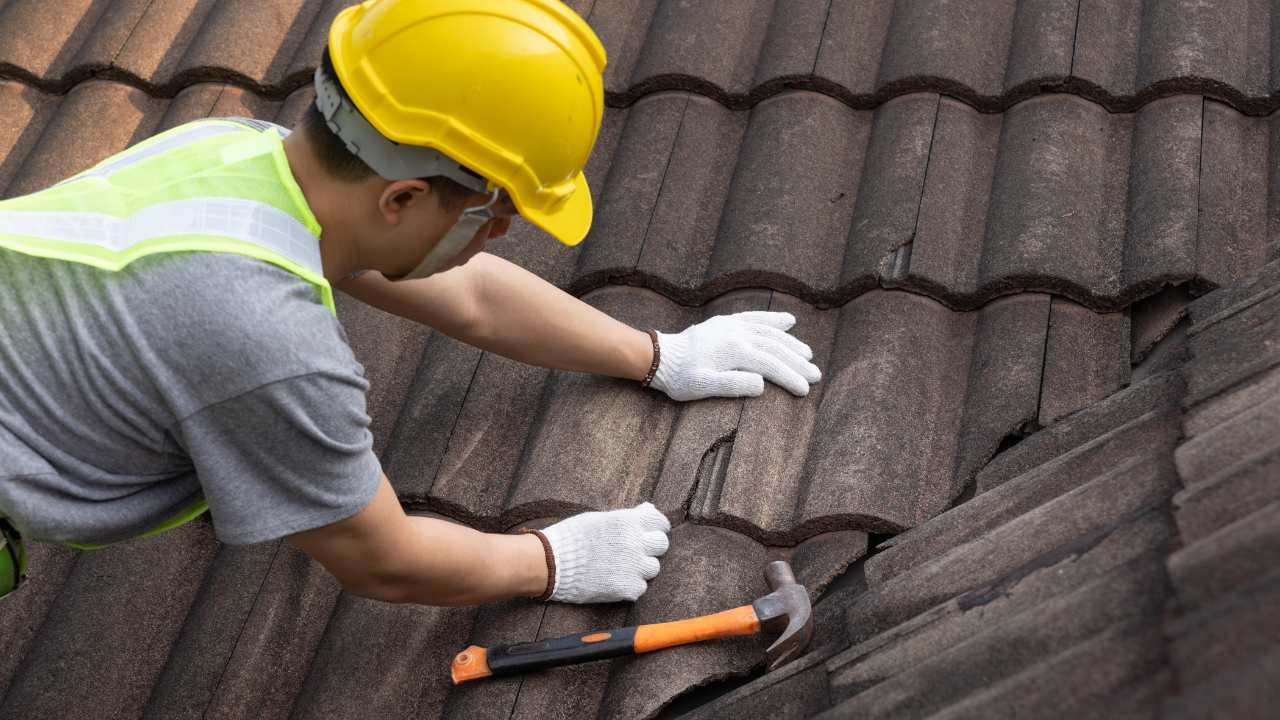
Good ventilation is essential to prevent condensation and keep insulation dry. Stale, moist air can reduce a roof’s thermal performance and cause mould growth.
Installing proper vents or replacing blocked ones allows fresh air to circulate, maintaining both roof health and energy efficiency.
7. Upgrading Roof Flashing and Leadwork
Worn or cracked flashing around chimneys, valleys, and dormers often leads to leaks and air loss. Repairing or upgrading flashing with durable materials like aluminium or lead increases sealing and weather resistance.
This small but vital fix supports insulation performance and prevents heat from escaping through hidden gaps.
Conclusion
A well-maintained roof does more than protect your home from the elements. It plays a vital role in reducing heat loss, improving insulation, and keeping energy costs under control. As seen throughout this guide, timely roof repairs, proper sealing, and smart upgrades can greatly enhance the comfort and efficiency of Irish homes. Don’t let small leaks or poor insulation waste your energy and money.
Contact HP Roofing today to book a professional inspection and discover how expert roof repairs can make your home warmer, more efficient, and ready for the Irish weather.

